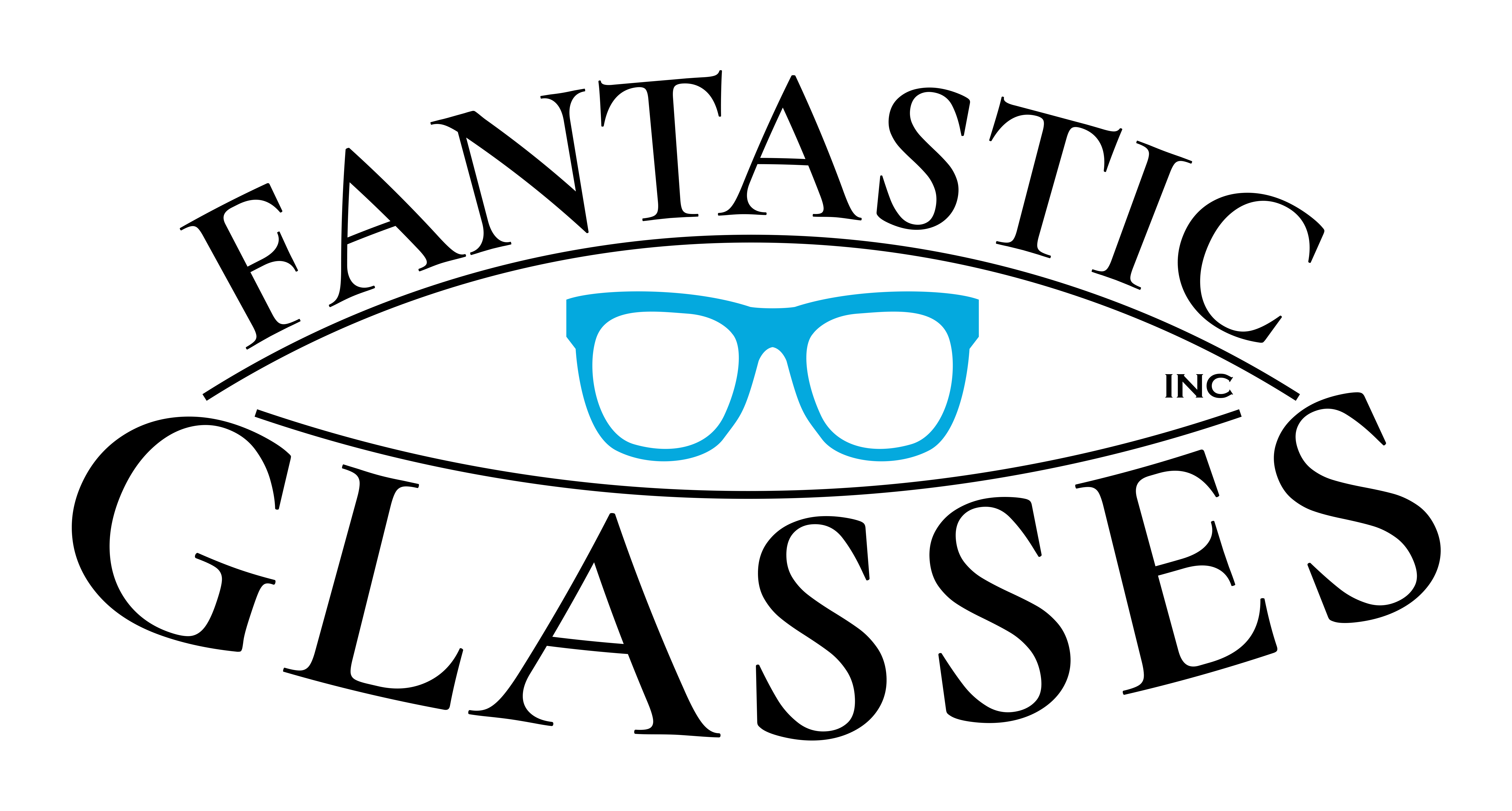BLUE LIGHT
Fantastic Glasses, Barrie, Orillia, Alliston, Eye, Eye Glasses, Glasses, Specs, Sun, Sunglasses, Reading, Reading glasses, eyewear, Wear, Spectacles, Eye Dr, eye doctor, Optical, Optometrist, Eye care, Care, Eyecare, Lenses, progressive, Single vision, AR, Scratch, Plastic, Meatal, Nose pad, Nose, Pad, Archers, Archers eyewear, Cedar pointe optometry, Optometry, Eye test, Test, Sight, Vision, Clear, Fantastic, Glasses, Frames, Lenses, Transitions, Bifocals, Bi, Focals, Trifocals, Bi Focals, Tri Focals, Tri, Blue light, Blue, Light, Blocker, Absorber, Army, Bennifits, ODSP, Manulife, Alcona, Innisfil, Oro, Near me, Eye doctor, Doctor, Medical, Army glasses, Army eyeglasses, ontario, Canada, Hakim, Lenscrafters, Barrie vision centre, Barrie vision Center, Pearle vision, Pro Vision, Costsco, Vision center, Centre, south barrie eye care, eye clinic, dr cook, dr sgro, dr morlato, dr list, wise vision, optomerty, optometrist barrrie
SYMPTOMS OF DIGITAL EYE STRAIN
Digital eye strain, or computer vision syndrome, can create significantly noticeable discomfort and fatigue in the eyes, head, neck, and shoulders. Typically, symptoms of digital eye strain include:
- Sore, tired eyes that burn or itch
- Dry, gritty feeling in the eyes
- Overly watery eyes
- Blurred, distorted vision
- Headache
- Sore neck, shoulders, or upper back muscles
- Increased sensitivity to light
- Difficulty focusing
- Inability to keep the eyes open

WHAT IS BLUE LIGHT?

ARE YOU EXPOSED TO BLUE LIGHT?
Blue light is everywhere in our world. It used to be that the only source of blue light with enough intensity to decrease melatonin production was from the sun. Now we have brought that same rich band of blue light inside by way of digital screens, electronic devices, and all things LED.
WHERE IS BLUE LIGHT?
- Fluorescent light
- CFL (compact fluorescent light) bulbs
- LED light
- Flat screen LED televisions
- Computer monitors, smart phones, and tablet screens
Blue light exposure you receive from screens is small compared to the amount of exposure from the sun. And yet, there is concern over the long-term effects of screen exposure because of the close proximity of the screens and the length of time spent looking at them (it’s the same principal as staring at the sun for hours; think about how much your eyes hurt after only a few seconds). According to a recent NEI-funded study, children’s eyes absorb more blue light than adults from digital device screens.
WHAT ARE THE BENEFITS OF BLUE LIGHT?
Blue light is needed for good health:
- It regulates circadian rhythm – the body’s natural wake and sleep cycle. Exposure to blue light during daytime hours helps maintain a healthful circadian rhythm. Too much exposure to blue light late at night (through smart phones, tablets, and computers) can disturb the wake and sleep cycle, leading to problems sleeping and daytime tiredness.
- Not enough exposure to sunlight in children could affect the growth and development of the eyes and vision. Early studies show a deficiency in blue light exposure could contribute to the recent increase in myopia/nearsightedness.
Related links:
www.ncbi.nlm.nih.gov/pubmed/25535358
HOW DOES BLUE LIGHT AFFECT THE EYES?
Blue light scatter causes haze and blur, resulting in eye strain and fatigue. Why? Because the human eye is sensitive to a narrow band of light frequencies called the visible light spectrum. Blue light has the shortest wavelengths, highest energy, and consists of about 25% of all visible light. Our eyes’ natural filters do not provide sufficient protection against blue light. The blue light passes through the cornea and the lens of the eye and makes it to the retina in the back of the eye. Children are more sensitive to blue light because the crystalline lens in their eye is young and has not built up enough ‘yellowing’ that occurs as we age to protect them.
Digital devices emit significant amounts of blue light, and as a society, we spend more and more time in front of them. The high-energy blue light waves scatter more in the eye, and it’s not as easy to focus. This inability to focus cause eye strain and fatigue, and it reduces contrast, causing blur and hazing.
Blue light blocking lenses reduce the amount of high-energy blue light that makes it to the back of the eye and do so without distorting color perception. The technology built into the Blue light blocking lens absorbs the blue light, rather than just reflecting it away as some other lens products do.
HOW DOES BLUE LIGHT DISRUPT YOUR SLEEP?
Your body’s biological clock (also known as your circadian rhythm) influences how much melatonin is produced, and so does the amount of blue light that you’re exposed to each day. Our light-sensing cells in our eyes tell our brain when to start and stop melatonin production and are disrupted by blue light from digital devices and LEDs at the 455nm level. Blue light from LEDs, especially at night, disrupt our natural sleep patterns by telling our brain we are outdoors in the sun causing your body to feel awake. This, in turn, negatively impacts your sleep, health, productivity, and decreases reaction time.
WHAT CAN YOU DO TO PROTECT YOUR EYES FROM BLUE LIGHT?
An easy way to counteract the effects of blue light and improve performance is to counteract the intense blue light from LED and digital screens. Our blue light blocking lenses do this without distorting color. Our lenses target blue light emitted from these devices at its peak (455nm), whereas many other blue light blocking lenses only block blue light from fluorescent lighting (which is an entirely different spectrum of blue). We infuze a naturally occurring blue light filtering ocular pigment into our lenses which are clinically proven to naturally improve sleep and increase melatonin levels by 96% (in just 5 days), while improving cognition by 47% (using pattern comparison test).


